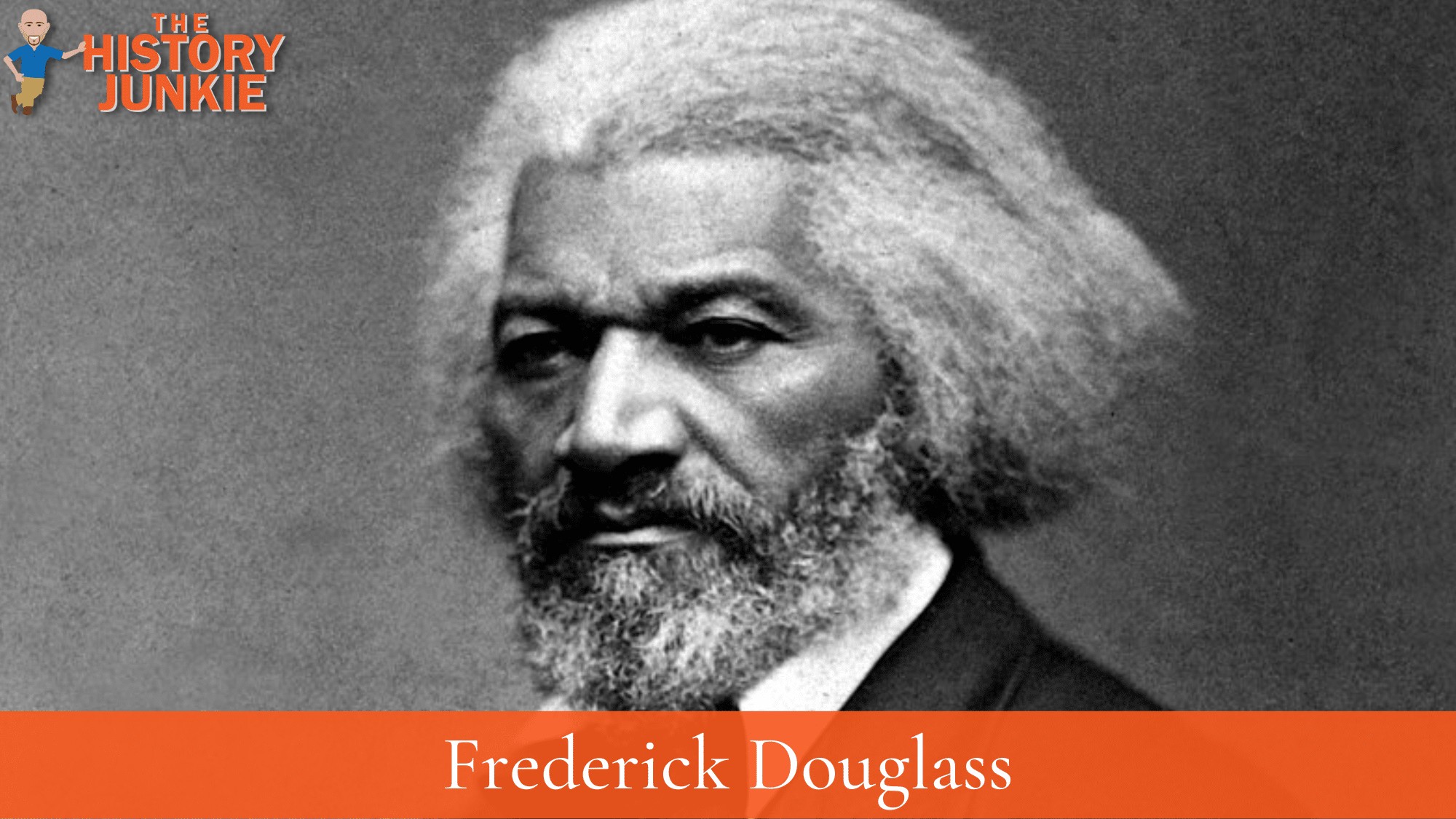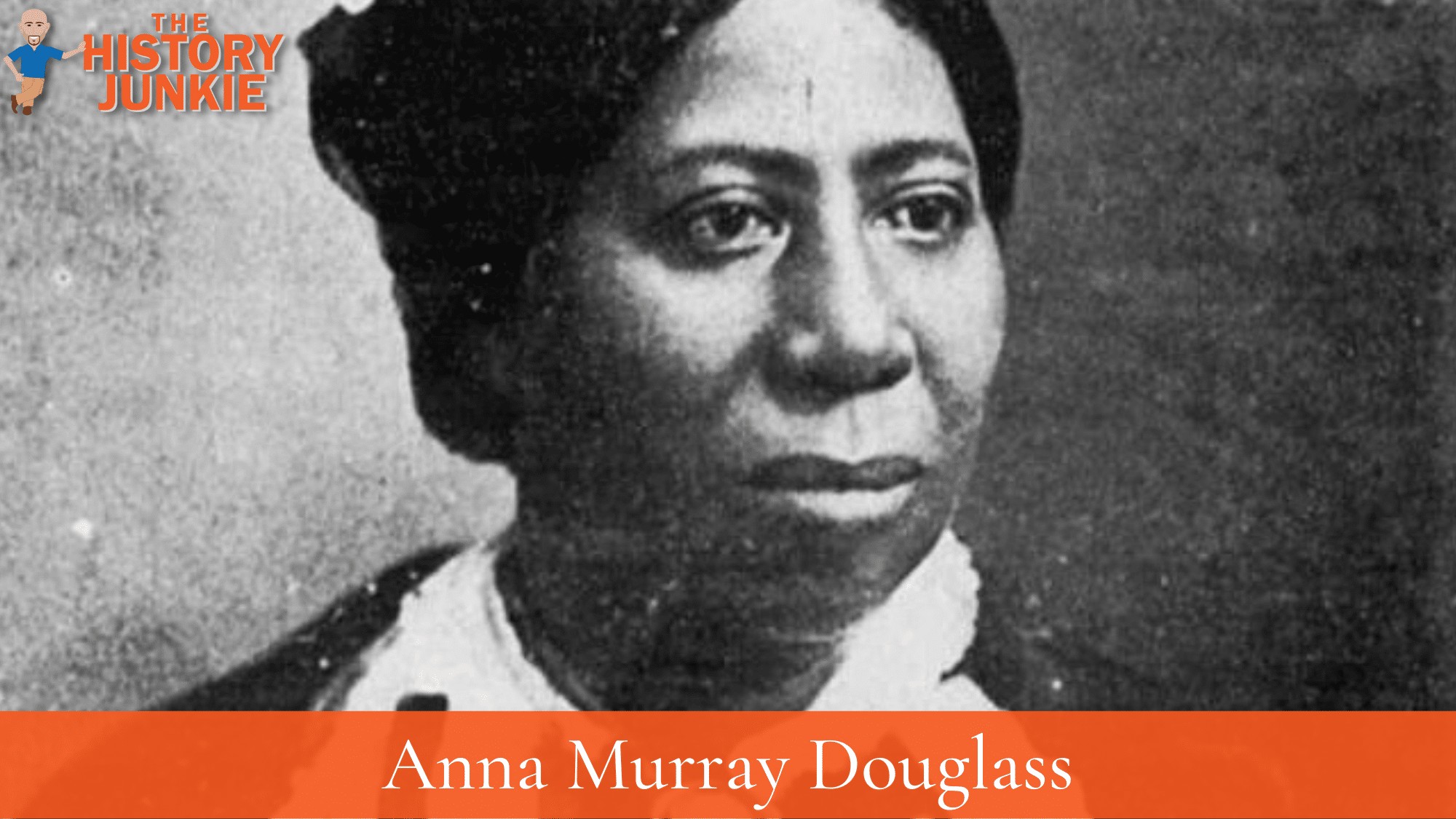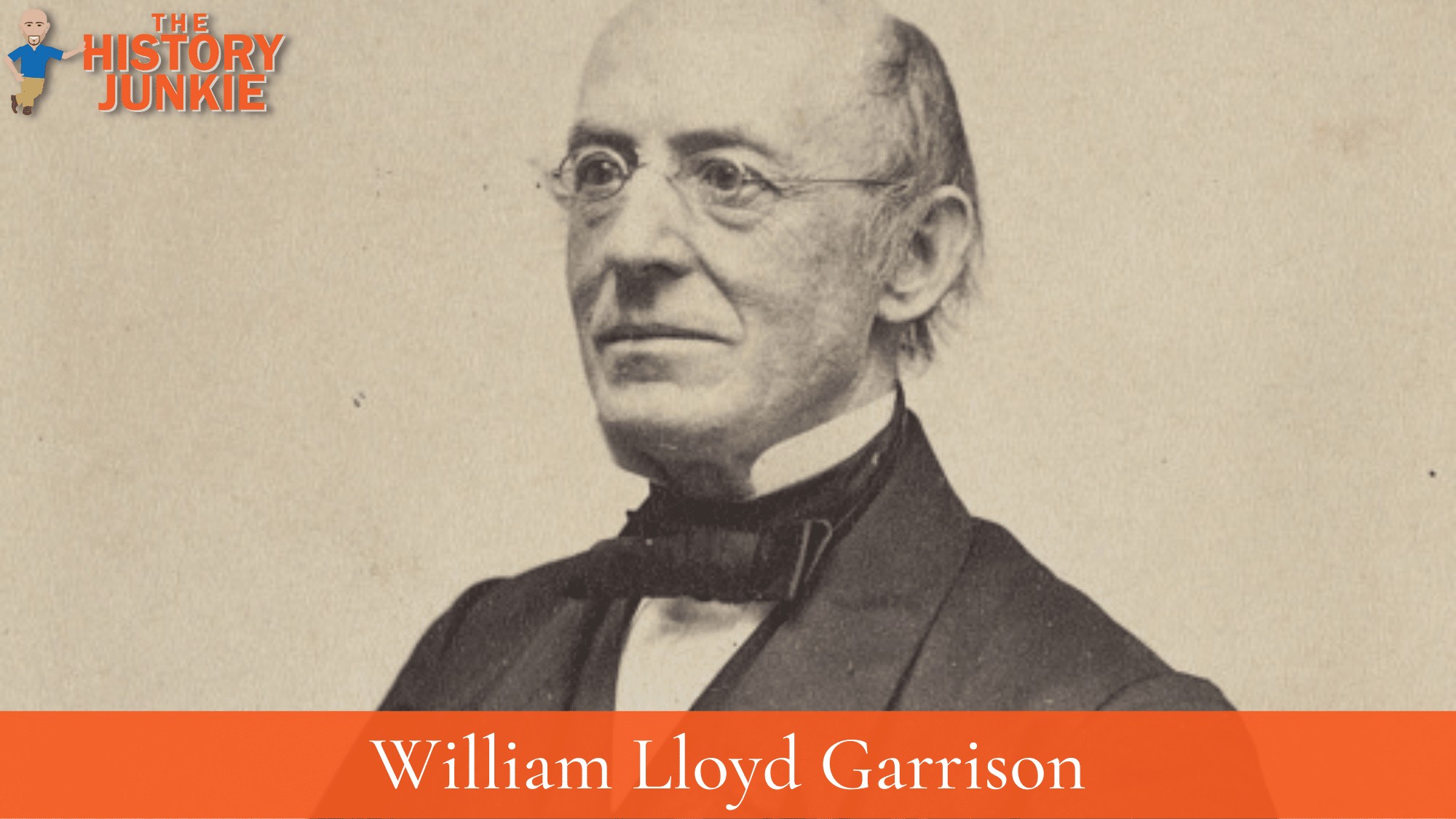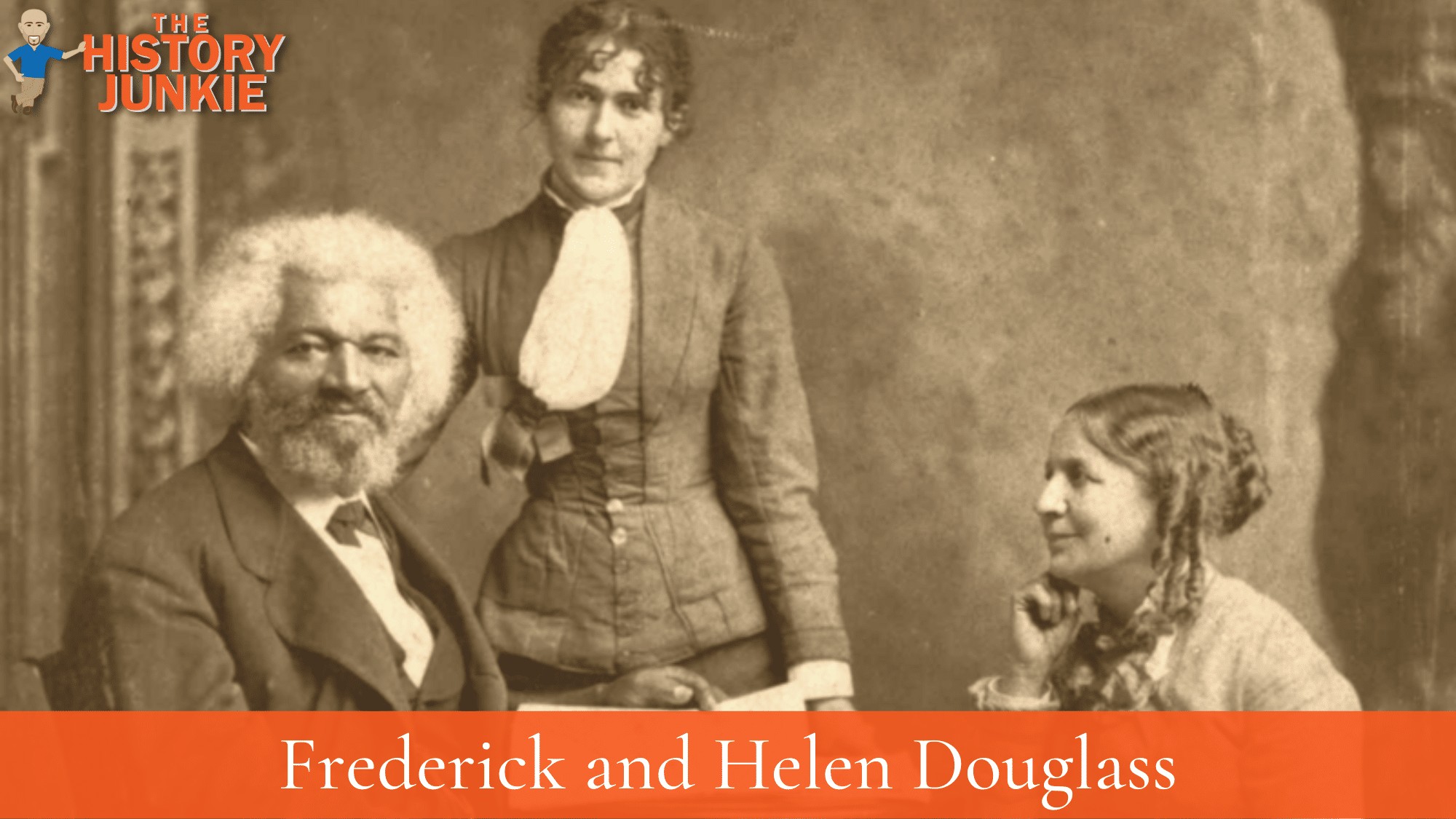Frederick Douglass was the most influential abolitionist in American History. He was born a slave and eventually ran away to find his freedom. Once free, he married the woman who helped free him, wrote autobiographies, and became a well-known orator. He was also a leading voice in support of arming African-Americans to fight for the Union during the Civil War.

When his first owner died in 1826, Frederick was given to Lucretia and Thomas Auld and sent to serve Thomas' brother Hugh in Baltimore.
When Douglass was about 12, Sophia Auld began teaching him the alphabet. Hugh Auld disapproved of the tutoring, feeling that literacy would encourage enslaved people to desire freedom.
Jump to:
Douglass later referred to this as the "first decidedly antislavery lecture" he had ever heard. "'Very well, thought I,'" wrote Douglass. "'Knowledge unfits a child to be a slave.' I instinctively assented to the proposition, and from that moment, I understood the direct pathway from slavery to freedom."
After some attempts to escape slavery, he finally managed with the help of his future wife. Once he had escaped, he married his wife, joined a church, and quickly rose in popularity due to his oratory skills. He met and befriended William Lloyd Garrison, who was an abolitionist. Garrison would provide him with other contacts.

Soon, his popularity became widespread, and his friends encouraged him to tour England and Ireland so he could avoid being captured and taken back into slavery by his owner, Hugh Auld. He took them up on the offer and traveled to Great Britain.
While in Great Britain, he was amazed that there was no racism and he could eat, drink, and participate in other activities with the white man, and nobody minded. He was bothered by the extreme poverty he saw, which reminded him of the struggle of slaves, and believed that some slaves had it better than the peasants of England and Ireland.
After returning to the U.S. in 1847, using money given to him by English supporters, Douglass started publishing his first abolitionist newspaper, the North Star, from the basement of the Memorial AME Zion Church in Rochester, New York.

Douglass's change of opinion about the Constitution and his splitting from Garrison around 1847 became one of the abolitionist movement's most notable divisions. Douglass angered Garrison by saying that the Constitution could and should be used as an instrument in the fight against slavery. Garrison believed a new document should be written completely and burned the Constitution.
Throughout his life, prior to the Civil War, he remained a passionate abolitionist. He also took up Women's Suffrage and supported John Brown.
He would be a leading voice through the Civil War and Reconstruction. His voice aided the passing of the 13th, 14th, and 15th Amendments that would end slavery and begin the process of keeping freed blacks safe. The Amendments would only be the start, and while they helped end slavery, they did not give blacks all their rights. This would take place with Martin Luther King Jr.
In 1877, Douglass visited his former enslaver Thomas Auld on his deathbed, and the two men reconciled. Douglass had met Auld's daughter, Amanda Auld Sears, some years prior. She had requested the meeting and had subsequently attended and cheered one of Douglass's speeches. Her father complimented her for reaching out to Douglass. The visit also appears to have brought closure to Douglass.
In 1882, his wife died, and two years later, he married a white woman, which was controversial at the time. the two would stay married until his death.
He would serve in the cabinet of President Rutherford B. Hayes as the first black United States Marshal. He would also receive an appointment from Benjamin Harrison.
Frederick Douglass was a lifelong Republican and held a philosophy similar to Booker T. Washington, which encouraged the blacks to stick it out and not become segregated.
On February 20, 1895, Douglass attended a meeting of the National Council of Women in Washington, D.C. During that meeting, he was brought to the platform and received a standing ovation. Shortly after he returned home, Frederick Douglass died of a massive heart attack at the age of 77.
Family Overview
It is uncertain who Frederick Douglass's father was, but many believe it was his master who also impregnated his mother with another son.
His mother was a slave who died when he was seven years old. His emotions about her are listed below.
He and his wife married and had 7 children. Each of his sons participated in the Civil War and survived to tell about it. One son reached the highest position given to a black man at the time.
Most of his children had offspring that continue to this day.
Family Tree Chart
Parents:
Father Unknown - His father was a white man that raped his mother. He never knew specifically who his father was but thought it could be his master.
Harriet Bailey (1792 - 1825) - He knew of his mother and saw her some before her death. He wrote the following about her:
I never saw my mother, to know her as such, more than four or five times in my life, and each of these times was very short in duration and at night. She was hired by Mr. Stewart, who lived about twelve miles from my home. She made her journeys to see me in the night, traveling the whole distance on foot after the performance of her day's work. She was a field hand, and a whipping is the penalty of not being in the field at sunrise unless a slave has special permission from his or her master to the contrary permission which they seldom get, and one that gives to him gives it the proud name of being a kind master. I do not recollect ever seeing my mother by the light of day. She was with me in the night. She would lie down with me and get me to sleep, but long before I waked she was gone. Very little communication ever took place between us. Death soon ended what little we could have while she lived and, with it, her hardships and suffering. She died when I was about seven years old, on one of my master's farms near Lee's Mill. I was not allowed to be present during her illness, at her death, or burial. She was gone long before I knew anything about it. Never having enjoyed, to any considerable extent, her soothing presence, her tender, and watchful care, I received the tidings of her death with much the same emotions I should have probably felt at the death of a stranger
Spouse:
Anna Murray (1813 - 1882) - The seventh-born and first of Bambarra and Anna Murray's twelve children to be freeborn, Anna met her future husband in Baltimore and helped him escape to New York in 1838. After their marriage, they lived in New Bedford, Massachusetts, where they both worked with the Anti-Slavery Society. She also took part in the Underground Railroad. She died of a stroke in 1882.

Helen Pitts (1838 - 1903) - She came from a family of abolitionists, but her family did not approve of her marriage to Frederick Douglass. He said eloquently, "This proves I am impartial. My first wife was the color of my mother, and the second, the color of my father". They remained married until his death. The couple did not have any children.
Children:
Rosetta Douglass (1839 - 1906) - She was the wife of Civil War veteran Nathan Sprague of the all-black 54th Massachusetts regiment. She and her husband had 7 children together.
Lewis Henry Douglass (1840 - 1908) - He enlisted in the 54th Massachusetts and was given the rank of Sergeant Major. He was wounded at the 2nd Battle of Fort Wagner on July 18, 1863, and was later mustered out due to disability from wounds on July 29, 1864.
Frederick Douglass Jr. (1842 - 1892) - He was an abolitionist, essayist, newspaper editor, and an official recruiter of colored soldiers for the United States Union Army during the Civil War.
Charles Remond Douglass (1844 - 1920) - He served as a Private in Company F of the 54th Massachusetts Volunteer Infantry of the Union Army, the first regiment in the United States made up entirely of enlisted men of color. He was about 19 years old, single, and working as a printer when enlisted on 18 April 1863 from Rochester, New York. He transferred to the 5th Massachusetts Cavalry on 19 March 1864 for promotion to First Sergeant.
Annie Douglass (1849 - 1860) - She was the youngest of their children, who unfortunately passed away when she was 11 years of age. Her death was tragic as she was known to be loved by all of her family.
Siblings:
Perry Bailey (1813 - 1878) - Possibly his half-brother. It was believed that Frederick's father was Aaron Bailey, his master, but Douglass had his doubts. Perry was born to his mother, Harriet.
